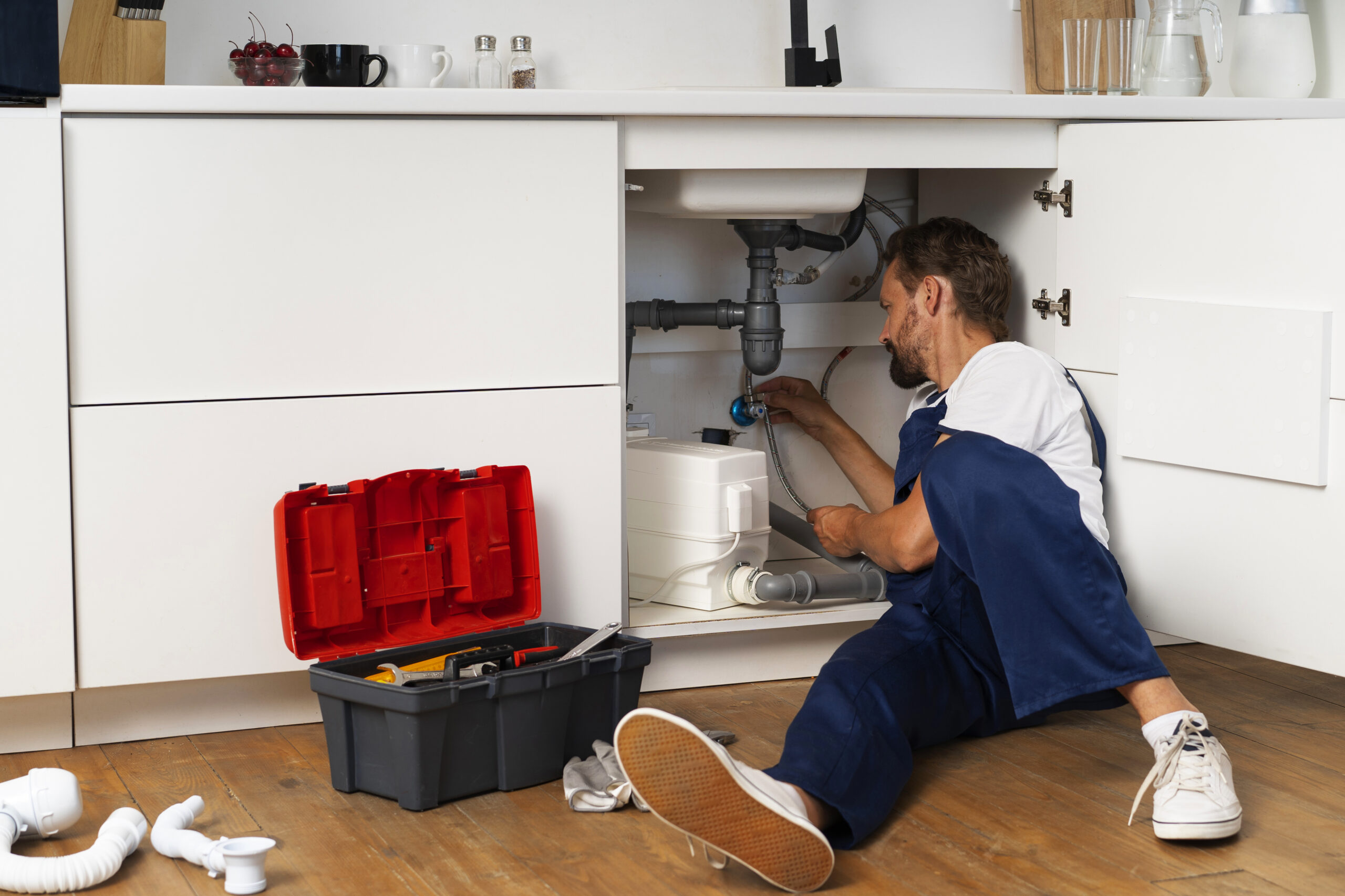-
How do I handle a plumbing emergency?
Handling a plumbing emergency promptly and effectively can minimize damage and prevent costly repairs. Here’s a step-by-step guide on how to manage a plumbing emergency: Assess the Situation Identify the Problem: Determine the nature
-
How do I prevent tree roots from invading my sewer lines?
Tree roots can cause significant problems for sewer lines, leading to blockages, backups, and expensive repairs. Preventing tree roots from invading your sewer lines involves a combination of proactive measures and ongoing maintenance. Here’s how you can prevent tree roots from becoming an issue:
-
What are the signs of a clogged drain?
A clogged drain can manifest in several ways, and recognizing the signs early can help you address the issue before it becomes a more serious problem. Here are common signs of a clogged drain:
-
What should I do if my sink is clogged?
If your sink is clogged, there are several steps you can take to try to clear the blockage. Here’s a step-by-step guide to help you address the issue:
-
How do I fix a leaky faucet?
Fixing a leaky faucet can be a straightforward DIY project. Here’s a step-by-step guide to help you:
-
What is the importance of the safety valves under the sink?
Safety valves under the sink, often referred to as shut-off valves or stop valves, play a crucial role in maintaining the safety and functionality of your plumbing system. Here are some key reasons why these valves are important:
-
Bad smell coming from the floor drain
A bad smell coming from a floor drain can be unpleasant and indicate a few potential issues. Here are some common causes and solutions:
-
Why do we need a water filter system under our kitchen sink?
A filter system under the kitchen sink serves several important purposes:
-
The Common Questions About House Plumbing
Plumbing is an essential aspect of any home, responsible for delivering clean water and removing waste efficiently.
-
Why Your Electric Hot Water Tank Isn’t Heating?
Tripped Circuit Breaker: A tripped circuit breaker is one of the most common culprits when an electric hot water tank fails to heat water.


